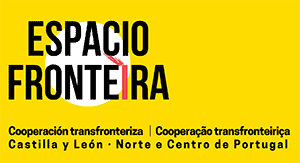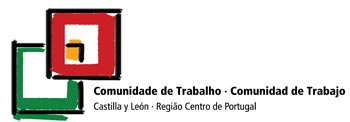Following the European Parliament’s and European Committee of the Regions’ recent calls for the European Commission to propose a new or an amended version of the European Cross-Border Mechanism Regulation, the European Commission has confirmed working on the new proposal.
The European Commission asks all border regions, EGTCs, Euroregions and others interested to send evidence of cross-border legal and administrative obstacles to help them in this process.
The call for evidence is open from 19 October 2023 to 16 November 2023. More information can be found here.
Existen obstáculos jurídicos y administrativos que pueden afectar a la cooperación transfronteriza y limitar el potencial de las regiones fronterizas de la UE. La PROPUESTA DE REGLAMENTO de reglamento pretende establecer un marco jurídico para que todos los Estados miembros ayuden a encontrar soluciones para superar estos obstáculos.
Se abre el plazo para la CONSULTA PÚBLICA de 19 de octubre a 16 de noviembre de 2023.
Mechanism to resolve legal and administrative obstacles in a cross-border context
Internal border regions cover 40 % of the EU’s territory, account for 30 % of its population (150 million people) and are home to almost 2 million cross-border workers. EU border regions encounter legal and administrative obstacles in their cooperation. Citizens and businesses face unequal access to public services and fewer economic opportunities. COVID has highlighted the urgent need to address the remaining cross-border obstacles and define a long-term vision for unleashing the potential of border regions to become the drivers of European cooperation.
As part of a package of four legislative proposals for EU cohesion policy post 2020, the EC published a proposal for a regulation on a mechanism to resolve legal and administrative obstacles in a cross-border context (ECBM).
The study identifies three policy options: status quo, soft-law measures, and adopting a new instrument (ECBM 2.0). Policy option 3 has the highest potential impact, addressing both legal and administrative obstacles, bringing benefits of €123 billion per year, as well as positive social impacts.








